Discover insights, tips, and stories from the skies — from aircraft buying guides to pilot training.

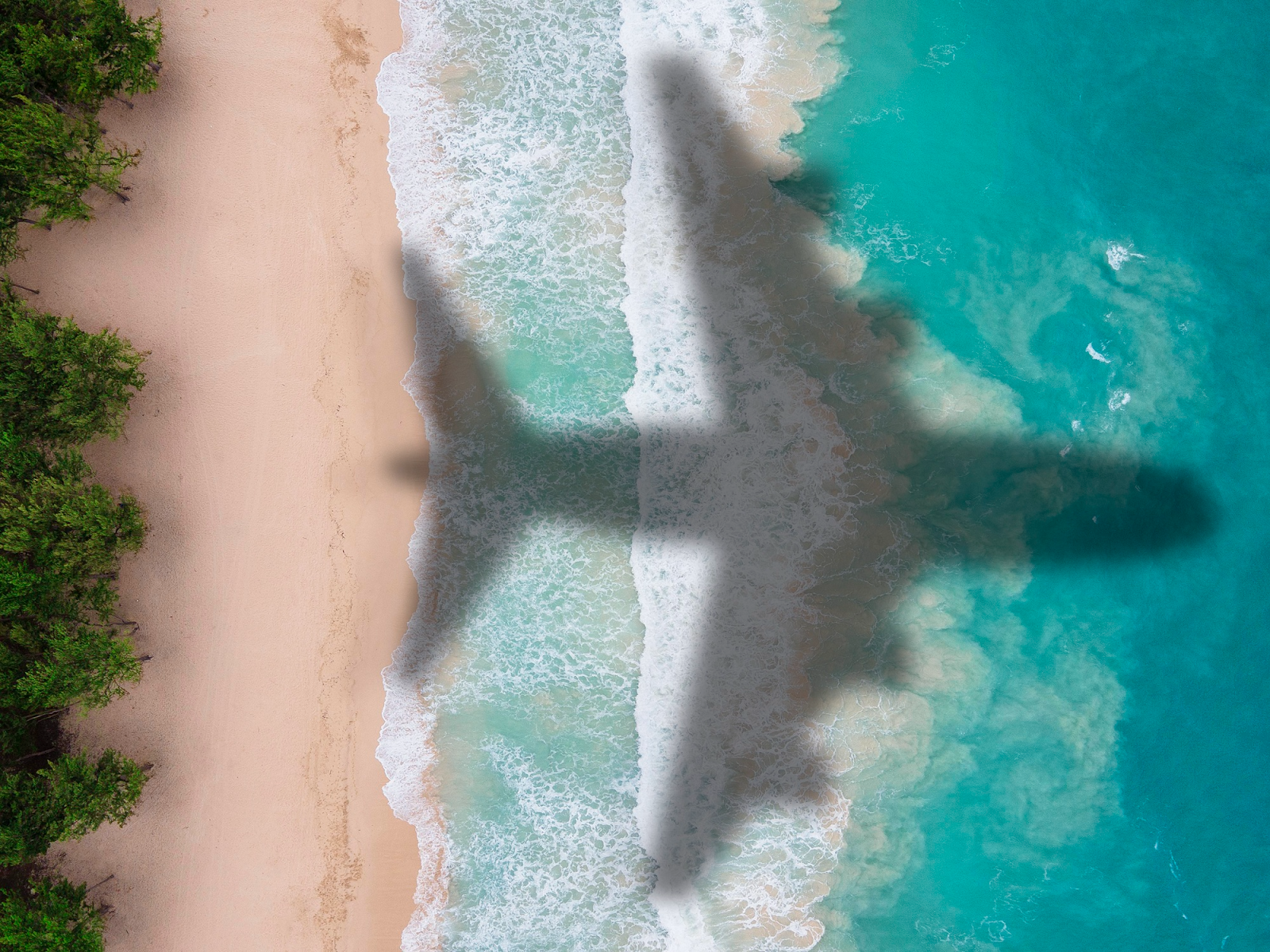
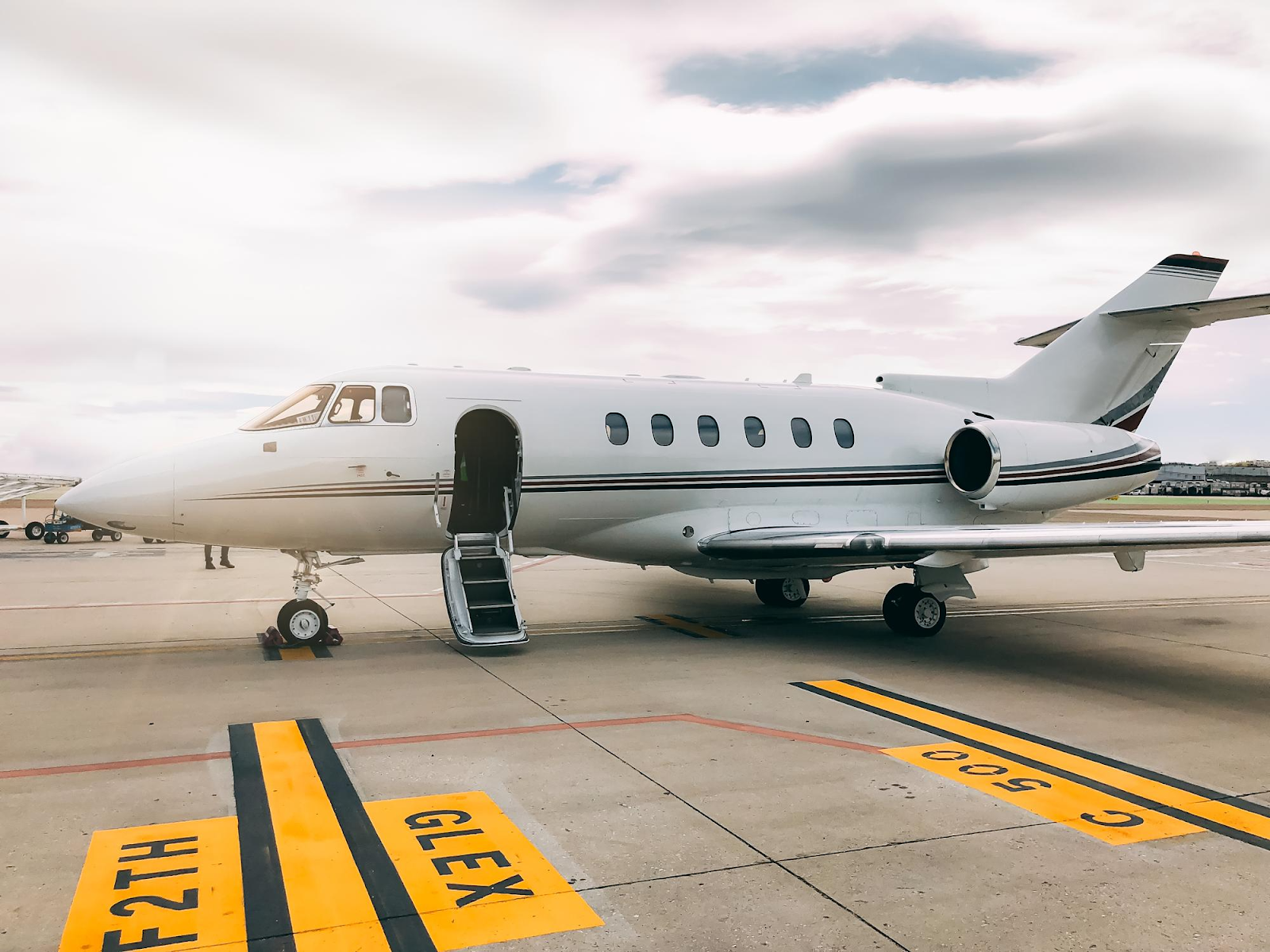
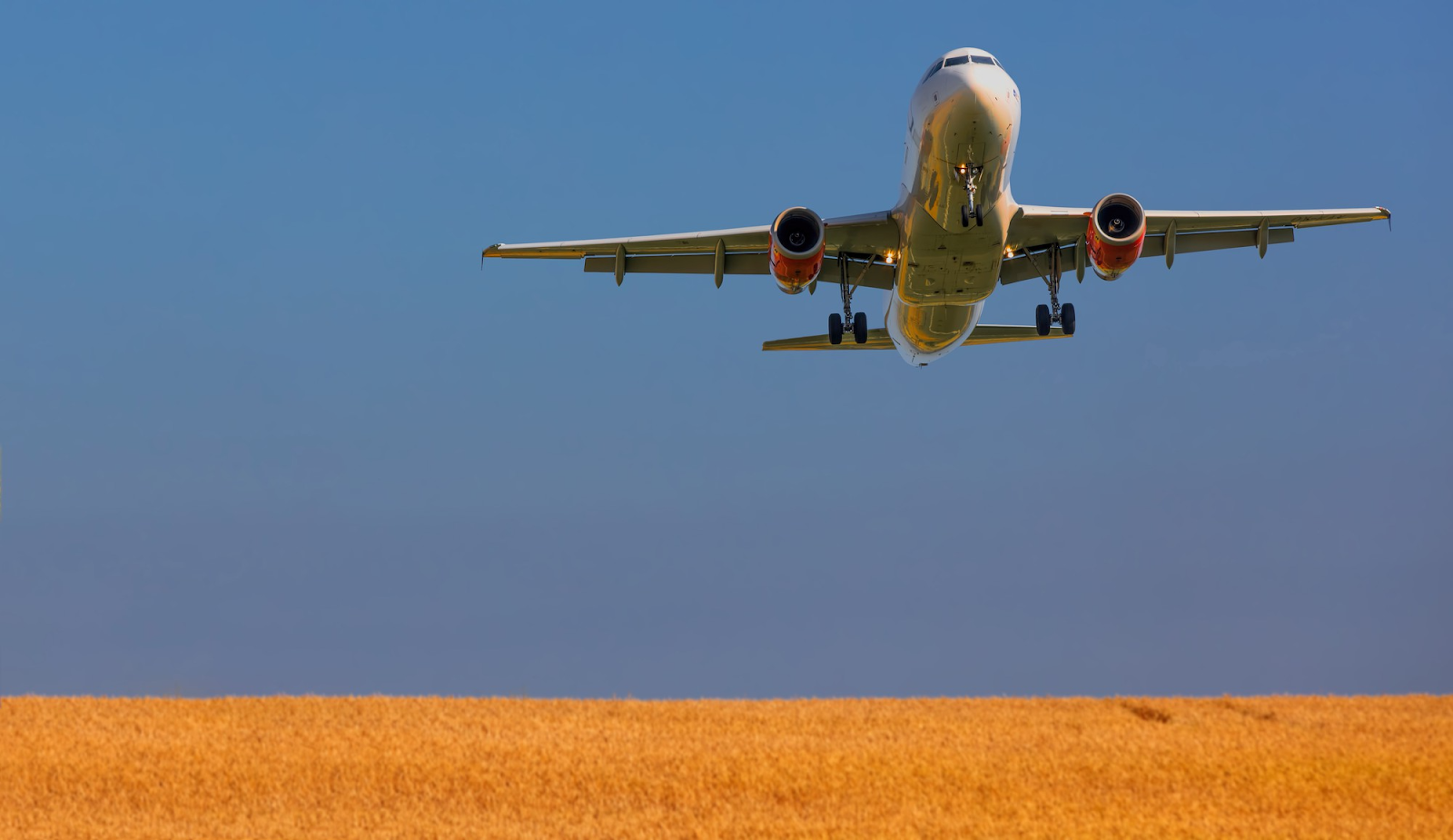
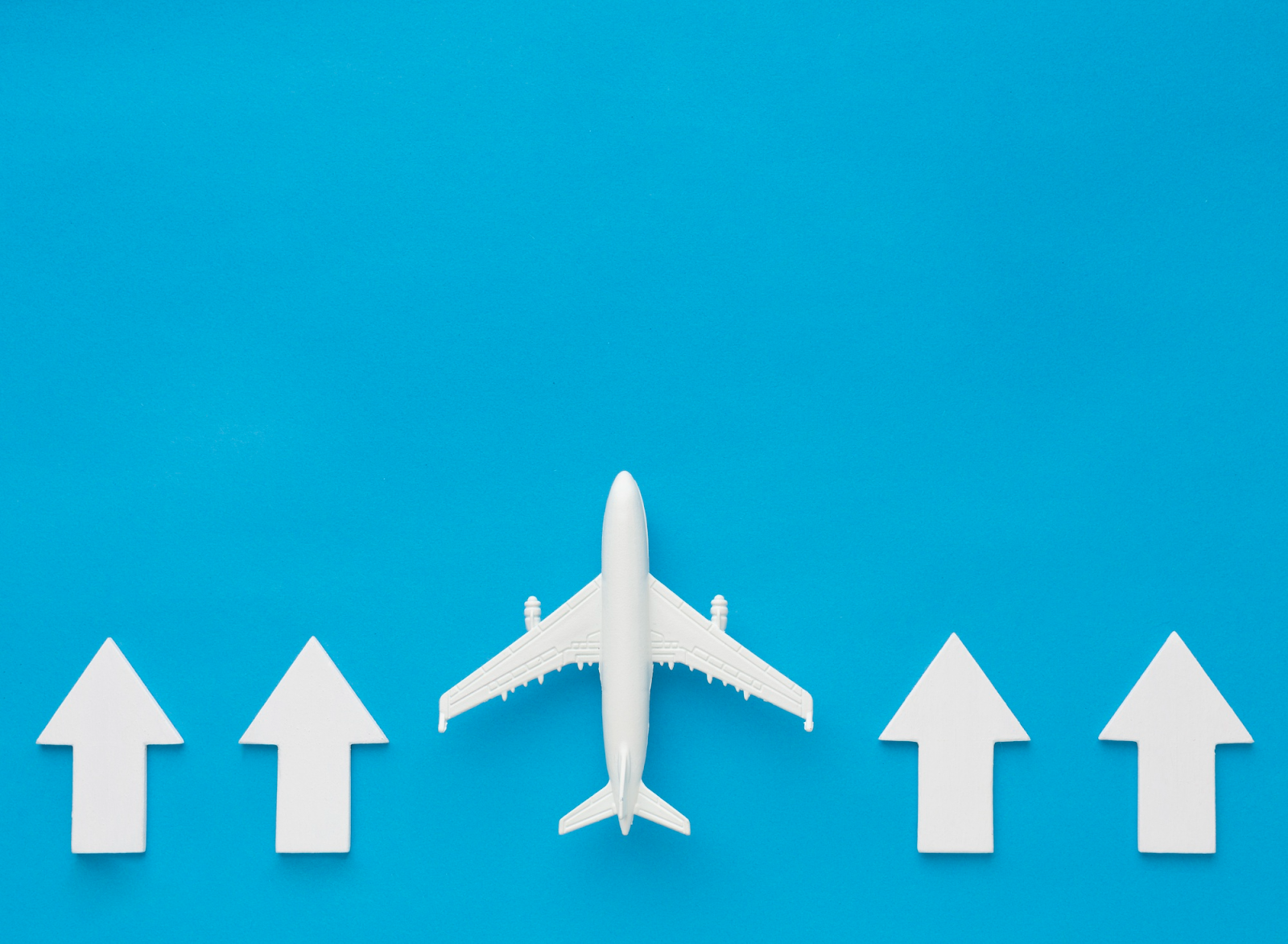
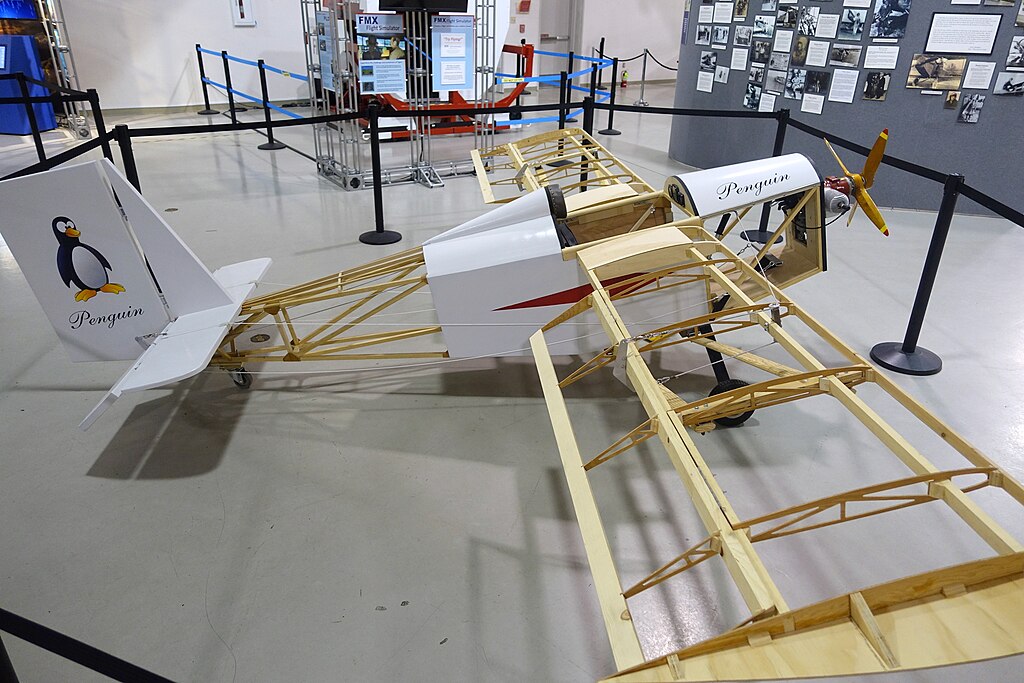
Published: August 14, 2025
Flying your own airplane is a dream many people share. Some decide to go one step further and build one themselves. That’s where experimental aircraft kits come into play. These kits let people design, assemble, and test their own homebuilt aircraft.
It may sound like a big project, but thousands of people have done it successfully—in fact, more than 33,000 homebuilt aircraft are currently licensed by the FAA.
Before you jump in, it helps to understand what “experimental” means, why people choose to build, and how challenging the process can be.
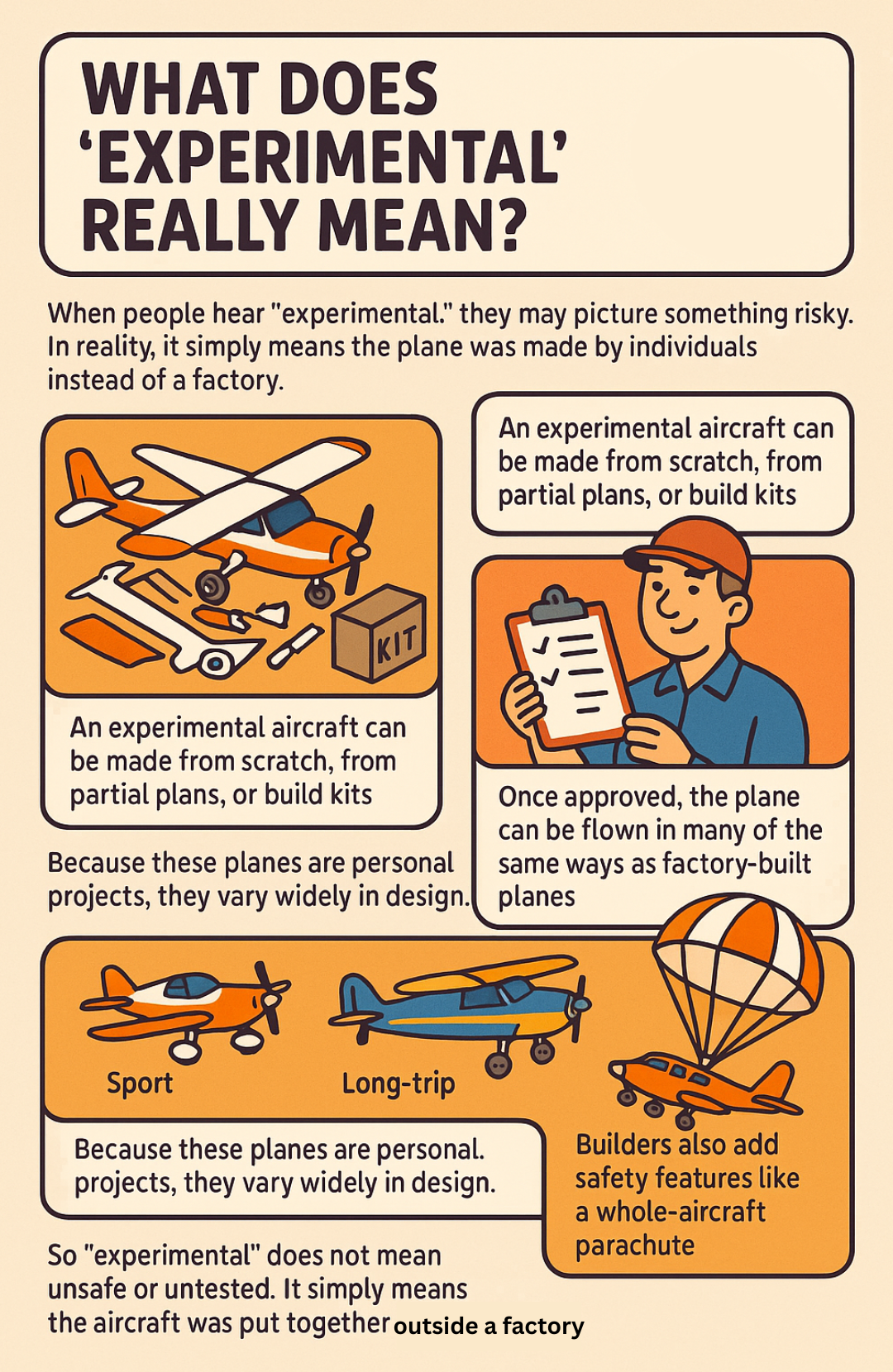
When people hear “experimental,” they may picture something risky. In reality, it simply means the plane was made by individuals instead of a factory. The Federal Aviation Administration (FAA) uses the term to describe planes built under special rules. These rules are meant to keep things safe while giving freedom to builders.
An experimental aircraft can be made from scratch, from partial plans, or most often from build kits. Kits usually include the airframe, fuselage, wings, and many small parts. You may have to install thousands of rivets and line up parts like the wing spar. Some kits even offer a ready-to-assemble cockpit to speed things along.
Here are some important points about the meaning of “experimental”:
Because these planes are personal projects, they vary widely in design. Some are tiny sport aircraft meant for weekend fun. Others are strong enough for long trips. Some builders choose lightweight engines like the Rotax line, which are popular for reliability and efficiency.
Inside the plane, modern avionics systems can be installed, giving you GPS, radios, and even an autopilot. Builders also add safety features like a whole-aircraft parachute, which can lower the entire plane in an emergency.
So “experimental” does not mean unsafe or untested. It simply means the aircraft was put together outside a factory. With care, patience, and guidance, these homebuilt aircraft can be safe, reliable, and rewarding to fly.
People build planes for many reasons, and the motivations often go beyond the joy of flying. One of the biggest draws is pride. Imagine standing next to a completed airframe that you assembled piece by piece. Every rivet you set and every part you aligned becomes part of your story as a builder.
Here are some of the most common reasons:
Some builders want speed and range, so they select kits with larger engines. Others like the idea of light sport aircraft that are easy to fly for short trips. Choosing an engine like a Rotax helps keep fuel use low and performance reliable.
There’s also a social side. Fly-ins and builder gatherings are common events in the aviation world. At these events, people show off their completed homebuilt aircraft, trade advice, and celebrate achievements.
For many, building is as exciting as flying. The project gives them daily challenges and small victories. When the plane is complete, the satisfaction is unmatched.
Building a plane is not a quick project. The difficulty depends on the kit you choose, your skills, and how much time you can give. Some simple build kits take around 1,000 hours. More complex ones can take over 3,000 hours.
Most builders spend evenings and weekends working. A full project may take several years. Quick-build kits are available, but even those still need hundreds of hours of work.
You don’t need to be a professional mechanic, but you do need patience. Learning how to properly set a rivet, measure a wing spar, or align the fuselage takes practice. You’ll also need tools like drills, clamps, and torque wrenches.
A basic kit may start around $20,000, but that’s only for the parts. Add the engine, avionics, paint, and interior, and the price goes much higher. Still, compared to buying a ready-made aircraft, the total can be much lower.
Despite the challenges, thousands of people complete these projects. The moment the wheels leave the runway for the first time, the effort feels worth it. Flying a homebuilt aircraft that you created is both exciting and deeply personal.
Buying a kit aircraft is exciting, but it’s also a big decision. Before you order or sign for a secondhand project, you need a clear checklist. This helps you know what you’re getting and what steps you’ll face when you start building.
Kits vary. Some are very complete, while others need you to source major parts. A complete airframe kit often includes wings, fuselage, landing gear, and other core structures. Some companies sell a quick build kit, where large assemblies are pre-made at the factory. This saves time but can raise the price. If you want the fastest build, a quick build package may be worth it.
If you’re buying an unfinished project, check all kit parts carefully. Look at the condition of the cowling, control surfaces, and the airframe and engine components. Ask if the builder followed the plans exactly. You don’t want surprises later.
Every kit needs proper FAA forms. This includes registration, builder’s logs, and photo records. If you’re buying secondhand, make sure these items are complete. Missing records can delay inspections.
Strong builder support makes a huge difference. Popular models like the Kitfox or the Sonex aircraft kit have large online forums and groups. The EAA also provides guides and support networks for homebuilding.
Ask yourself how you want to fly. Short grass strips? You’ll want STOL-focused designs. Longer cross-country trips? Look for models with efficient flying characteristics and cruise speeds measured in KTAS.
Large gatherings like AirVenture in Oshkosh let you see kits up close. You can sit in cockpits, talk to builders, and ask about options like matched-hole construction or CNC-cut parts.
When you use a checklist, you lower risk and improve your chance of finishing. Every homebuilding journey is unique, but careful prep makes sure your dream plane will build and fly safely.
Flying a kit aircraft requires planning beyond the build. Insurance, training, and financing all play key roles in making your project safe and affordable.
Specialty insurers cover kit planes. They look at type, pilot time, and the model’s safety record. For example, popular models like the Kitfox or certain airframe kits may be easier to insure because of strong track records. Insurance can cover both hull (your plane itself) and liability.
Even if you’re licensed, flying your own build is different. Many builders take transition training. If you fly under a sport pilot certificate, you may want to stick with LSA-compliant designs or even factory-built SLSA versions. Training includes:
Banks and aviation lenders sometimes finance kits. They may ask for details about your project and its affordability. Some lenders only work with well-known kit makers. You’ll need to budget for:
When planning your budget, remember that even small kit planes require steady investment over time. Compared to something like Cessna Citation II operating costs, which run into the thousands per flight hour, most kit projects look far more affordable to build and maintain.
Insurance, training, and financing may sound like extras, but they are essential parts of the process. They protect your investment and prepare you to fly confidently once your plane is ready.
With so many choices, comparing airframe kits can feel overwhelming. Breaking it down into clear categories makes the decision easier.
1. Building Method
2. Time to Build
Some kits are advertised as the fastest build options. Others may take years. A quick build kit can cut the hours dramatically, but cost more.
3. Mission and Use
4. Powerplants
Engines shape your flying. Choices include UL Power, AeroVee Turbo, and Jabiru 3300, as well as certified options. Each affects performance and cost.
5. Avionics and Systems
Today’s kits often accept advanced gear. Builders add MGL displays, ADS-B, and EFIS panels. This makes even small planes feel high-performance.
6. Budget and Affordability
Costs vary. A basic Sonex aircraft kit may be far less than a larger four-seat project. Don’t forget tools, finishing, and inspections.
7. Support and Events
Check builder forums, company resources, and community events like AirVenture. Seeing completed kits at Oshkosh helps you judge real-world quality and flying characteristics.
When you compare carefully, you can choose the kit that fits your skills, budget, and dream. With planning, you’ll find a design that is practical, safe, and rewarding to fly.
Looking at experimental aircraft kits for sale can feel exciting and a little overwhelming at the same time. There are many aircraft models to choose from, each with its own strengths, costs, and build requirements. Some are built for short flights on weekends, while others are made for long cross-country trips.
When looking at experimental aircraft kits, it helps to know the real products people are buying today. The kit industry has grown to offer dozens of designs, but a few names stand out as the most popular choices.
Here are some of the most common kits you’ll see available right now:
Many pilots rank the Kitfox among the best STOL aircrafts available today because of its short takeoff and landing ability, folding wings, and flexible landing gear options.
Comparison of Popular Experimental Aircraft Kits
| Manufacturer / Kit | Seats | Build Time Estimate | Price Range (Kit Only) | Typical Engine Options | Key Features |
| Van’s Aircraft (RV Series) | 2–4 | 1,500–2,000 hrs (less with QuickBuild) | $25,000–$80,000 | Lycoming, Rotax, UL Power | Huge community, proven safety record, strong resale value, all-metal construction |
| Kitfox (Model 7 Super Sport) | 2 | 1,200–1,800 hrs | $30,000–$40,000 | Rotax 912/915, Continental O-200 | Famous for STOL ability, folding wings, flexible landing gear options |
| Sonex Aircraft Kit (Sonex / High Wing) | 2 | 700–1,200 hrs | $25,000+ | AeroVee, AeroVee Turbo, Jabiru 3300 | Known for affordability, small size, and simple build steps |
| RANS (S-21 Outbound) | 2 | 1,000–1,600 hrs | $35,000–$60,000 | Rotax 915iS, Lycoming O-320 | Backcountry focus, tailwheel or tricycle gear, strong utility |
| Sling (TSi / High Wing) | 4 (TSi), 2 (High Wing LSA) | 1,400–2,000 hrs | $45,000–$70,000 | Rotax 915iS, UL Power | Cross-country comfort, long range, modern EFIS options |
| Bearhawk (Patrol / Four-Place) | 2–4 | 1,800–2,500 hrs | $40,000+ | Lycoming, Jabiru 3300 | Utility hauling, rugged bush design, excellent for backcountry strips |
It’s important to understand what the listed prices mean. A kit price covers the structure, but many extra costs add up.
Not all kits cost the same, and not all take the same time to finish.
Remember, these prices cover only the kit. Engines, avionics, paint, and finishing can often double the cost.
Timelines vary too. Some builders finish in two years, others take five or more. A lot depends on free time, tools, and whether you’re building from sub-kits or a full kit at once.
Understanding the choices helps you make a smart decision and start your project with confidence.
The number of aircraft on the market today is larger than ever before. The kit industry has grown steadily over the years, and now builders have options in nearly every category. You’ll find light LSA designs that are easy to fly, rugged backcountry planes that handle rough fields, and sleek cross-country cruisers.
Some of the most common categories include:
This variety is part of what makes experimental kits appealing. You can choose a plane that matches your flying goals instead of fitting into a single design.
Each kit reflects a different aircraft design approach. Some focus on simplicity, while others aim for performance. Knowing how design affects building and flying can guide your choice.
Design also shapes handling. High-wing designs may work better for visibility and rough strips, while low-wing designs may feel sportier in the air.
When you place a kit order, you often have choices in how the kit is packaged. Some builders order the full set at once, while others break the project into sub-kits.
Common sub-kits include:
Breaking it down into sub-kits lets you manage costs and storage space. It also helps you focus on one stage at a time.
A full kit usually includes the major structures, hardware, and instructions. You’ll still need to budget for paint, interior, avionics, and of course, the engine.
Choosing the right engine options is one of the biggest decisions in any build. Engines define performance, speed, range, and reliability. Builders can pick from traditional aircraft engines, modern sport engines, or experimental powerplants designed for efficiency.
Common choices include:
When you look at engine options, consider fuel type, availability of service, and your own comfort level. Some builders want simplicity, while others look for high performance or economy.
The kit industry has come a long way since the early days of homebuilding. Decades ago, builders often had to cut, weld, and shape parts on their own. Now, modern kits arrive with pre-cut pieces, clear manuals, and in many cases, advanced features like matched-hole drilling.
This progress has lowered the barrier to entry. More people can build safely and successfully. The industry also supports builders with forums, builder-assist centers, and factory help lines. Large companies like Van’s Aircraft, RANS, Sonex, and Zenith have produced thousands of successful kits that are flying today.
The strength of the industry also makes resale easier. Buying a popular model means you’ll have community support and possibly higher resale value if you ever sell.
One of the most valuable parts of buying a kit is the support you get from other builders. The EAA (Experimental Aircraft Association) plays a huge role. They provide workshops, videos, and local chapters where builders share knowledge.
Events like AirVenture Oshkosh allow you to see different aircraft up close, talk to factory reps, and even sit in cockpits. Meeting other builders helps you learn tips, avoid mistakes, and stay motivated.
Online forums also add daily help. Many builders post photos, progress logs, and advice. For example, the Van’s Air Force forum for RV aircraft has thousands of active members who answer questions quickly.
With so many aircraft models, how do you choose the right one? Start by asking yourself a few questions:
These answers guide your decision. For example, a two-seat STOL plane may be perfect for grass fields. A sleek composite cruiser may be better for cross-country travel.
Also consider long-term needs. Will you fly mostly alone, or with family? Will you need advanced avionics, or will simple gauges do? Matching the kit to your life makes the project more rewarding.
The field of experimental kits is broad and welcoming. Thanks to advances in the kit industry, builders today have access to precise, safe, and well-supported kits. The choices in aircraft design, the variety of engine options, and the flexible kit order process with sub-kits make the dream of building your own plane more realistic than ever.
By looking at the many aircraft on the market, visiting events, and leaning on the EAA community, you can find the kit that fits your flying goals. From light LSA trainers to rugged backcountry haulers, the options are wide open.
Building your own plane is still a big challenge, but it’s one that thousands of people take on every year. With careful planning, steady progress, and community support, your project can succeed too.
Experimental aircraft kits for sale give people the chance to create, learn, and fly on their own terms. Building a plane takes patience, but it also brings pride, knowledge, and adventure. For anyone ready to take on the challenge, it can be one of the most rewarding projects in aviation.
Want to explore your options? Visit Flying411 to learn more and start your journey today.
Most kits start around $20,000 for the basic package. With engine, avionics, and extras, total costs often range from $50,000 to $100,000 or more.
Simple kits may take 1,000 hours, while larger projects can take several years. The timeline depends on the builder’s schedule and the type of kit.
Yes. Many builders install glass panels, GPS systems, radios, and even autopilot features in their homebuilt aircraft.
Yes. Every kit plane must be inspected by the FAA or a qualified inspector before it can fly legally.
Yes. Many unfinished kits and projects are for sale. Buyers should check paperwork and ensure all FAA requirements can still be met.